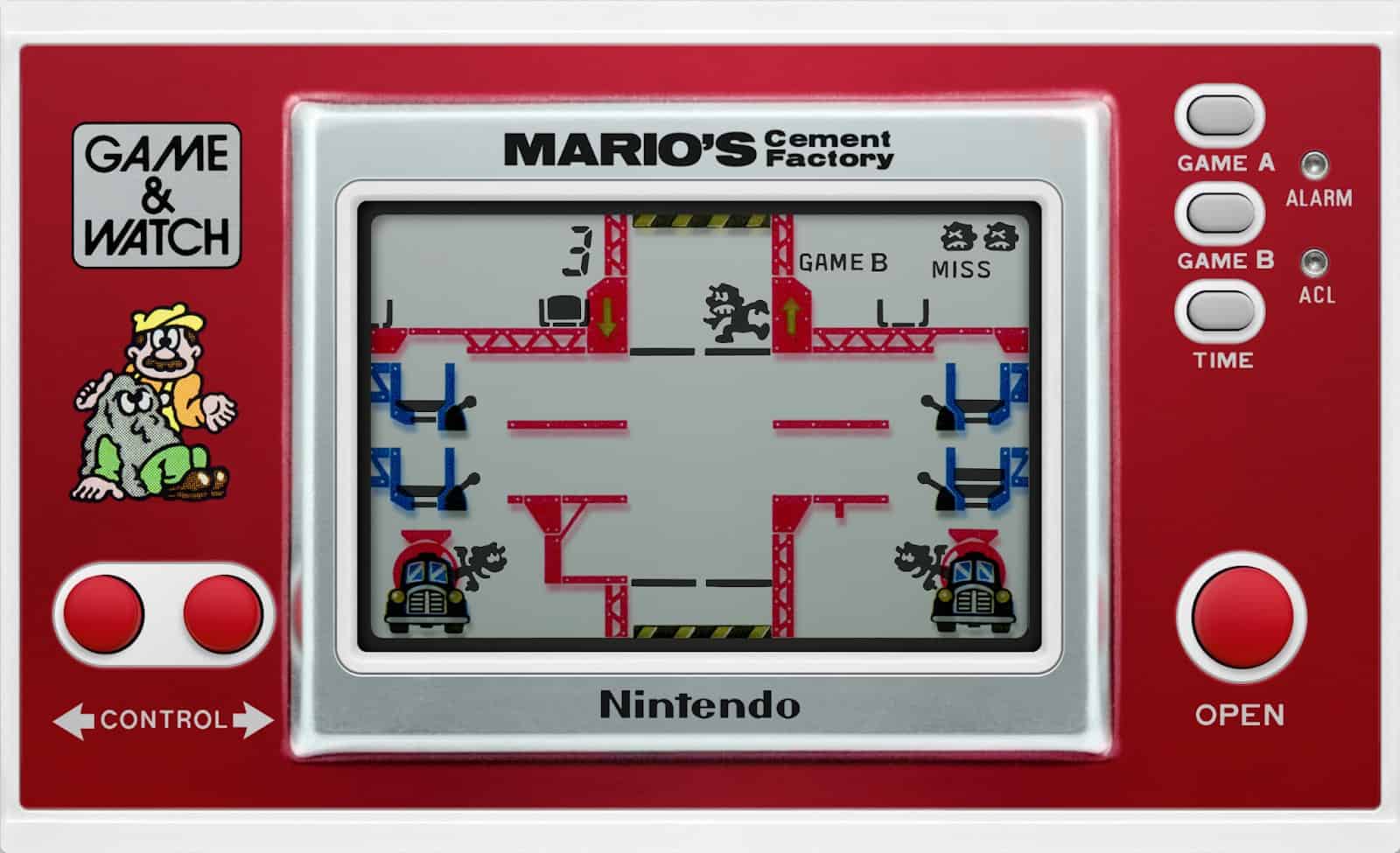Though Nintendo can chart its existence as a company all the way back to the late 19th Century, its presence in the gaming industry dates back only 40 or so years. After starting as a playing card manufacturer and eventually getting into the business of selling toys, Nintendo would see its priorities and specialty as a company shift following the release of a device that would come to define its future — the Game & Watch handheld. As Nintendo’s first massively successful electronic device, the Game & Watch links directly to the development of the Famicom and the emergence of the NES and Game Boy in Western markets as the phoenix giving rebirth to the gaming industry. It may sound like hyperbole, but without the Game & Watch, the video game landscape as we know it today would be completely different.
Now 43 years since the release of the first device in one of Nintendo’s most successful and iconic hardware lines, taking a look back at the Game & Watch with the benefit of hindsight shows how impactful the little handheld continues to be in the company’s strategy. Especially now, as the Switch begins to wind down its life cycle and people look to Nintendo for any hint of what the company’s next console will be, the prevalence and dominance of Nintendo in the handheld market has a clear throughline to Gunpei Yoki’s innovation and moment of genius while riding the train all those years ago.
Origins and Early Years
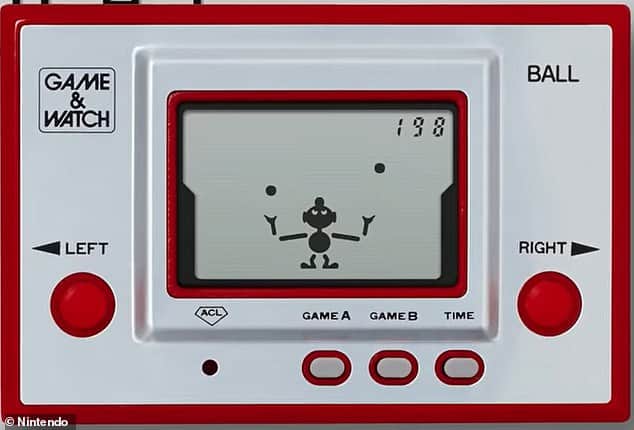
The origins and history behind the Game & Watch device are almost as entertaining as the devices themselves, with creator and noteworthy Nintendo luminary Gunpei Yokoi anecdotally recalling how he got inspiration for the device. Beginning as a maintenance worker within Nintendo, Yokoi eventually worked his way up to become part of the company’s Research & Development division by the 1970s. Nintendo’s business up to that point had transitioned to toys, but the petroleum crisis of the 1970s led to Nintendo looking for other ideas to expand their market reach. While riding the train one day, Yokoi reportedly saw a salaryman playing with his calculator by just pressing its buttons, giving him the idea for a simple LCD device containing rudimentary games and a digital clock. Thus, the Game & Watch was born.
Nintendo, in a partnership with electronics manufacturer Sharp, quickly put the Game & Watch into production. Yokoi’s design was modeled after Nintendo’s own Donkey Kong arcade cabinet, with a single button along with a d-pad for movement. The first Game & Watch, Ball, exists as one of Nintendo’s first major hits within the realm of consumer electronics, and the variations of the Game & Watch and its button layouts would influence both the design of the Famicom/NES game pad as well as the Game Boy years later. In addition to the standard model (of which there are several versions each containing different games), the Game & Watch series of handhelds also includes wide screen and multi-screen editions in its early years, with both device types going on to influence the design of other Nintendo handhelds.
Gunpei Yokoi Redefines Handhelds With the Game Boy
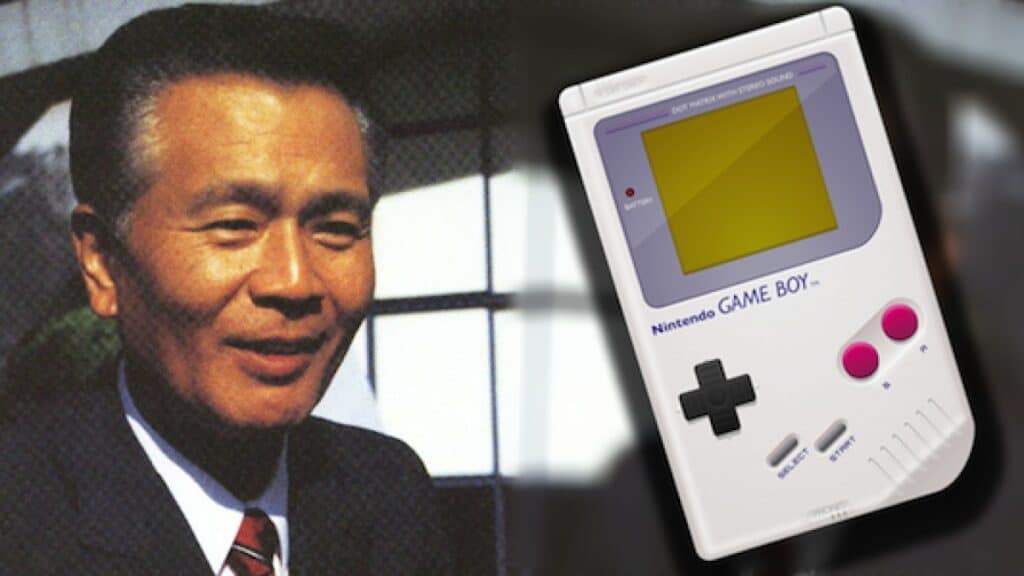
With the reception and impact of the Game & Watch making Nintendo a household name one might expect the device to stay in proliferation forever, but Yokoi was far from complete with reinventing the handheld gaming landscape. In addition to rising within the ranks of Nintendo, inventing the d-pad, and mentoring Shigeru Miyamoto, Yokoi also is responsible for the creation of both Metroid and Kid Icarus and oversaw development of both games. Following these career successes, Yokoi and Nintendo R&D1 began to work on a device that aimed at being a handheld NES players could take anywhere. Releasing in 1989, the Game Boy helped to further Nintendo’s runaway success in the West, in part due to its incredible system pack-in — Alexey Pajitnov’s Tetris.
The success of the Game Boy cannot be overstated, as until the release of the PlayStation 2 it was far and away the best-selling game console of all-time. Even now, there are only three video game consoles that beat out the Game Boy in terms of sales, with two of them being other Nintendo handheld devices at that. With Game Boy’s success making Nintendo the dominant name in gaming both in Japan and in the West, production on Game & Watch devices would slow down until eventually stopping in 1991. And, just like the Game & Watch, the Game Boy’s influence is still felt today in Nintendo’s approach to the console market as the Nintendo Switch’s immense success comes at least in-part due to its hybrid nature of being both a home console and a handheld.
Game & Watch’s Retro Renaissance
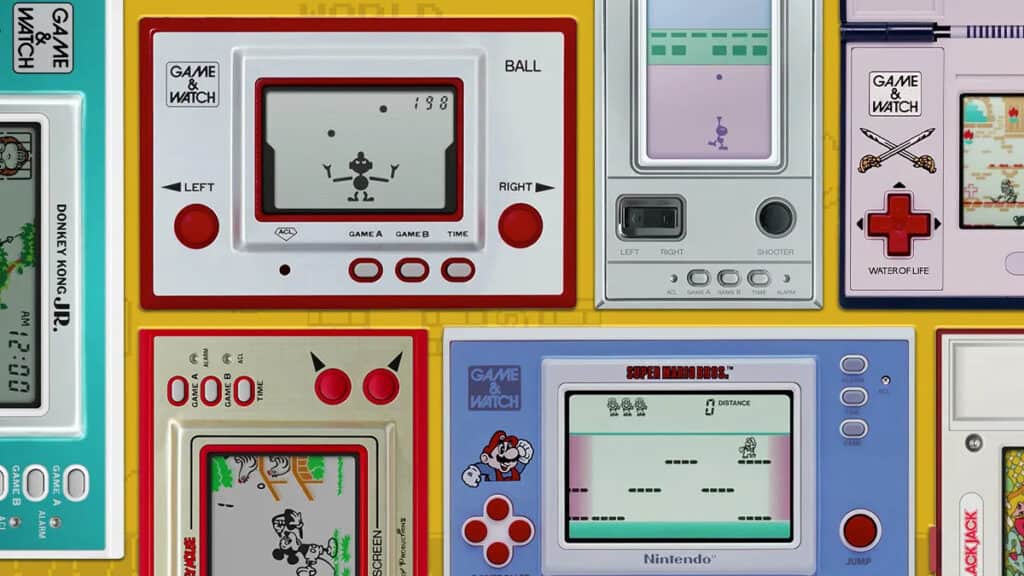
Despite replacement at the hands of other, more advanced Nintendo handhelds, the Game & Watch’s 1991 retirement was not to be permanent. In the late 90s and early 00s, coinciding with the release of the Game Boy Color and Game Boy Advance, Nintendo would release several Game & Watch compilations for both devices. These collections would bring attention back to the device, prompting Nintendo to honor its legacy in a series of anniversary peripherals. Around the same time, several Nintendo franchises were hitting their 20th anniversaries (most notably, Mario in 2005 and Zelda in 2006), sparking interest in Nintendo’s origins and legacy within the video game industry.
In 2010, a new Game & Watch handheld would make it to market. This device was a 30th anniversary reissue of the original handheld starting it all, Ball, and is an interesting piece of gaming nostalgia that shows both Yokoi’s impressive inventiveness as well as how far Nintendo’s gaming devices have come in a relatively short time. But, not content to let the original Game & Watch have all the fun, other Nintendo anniversaries would prompt the release of the latest devices to bear the Game & Watch name, and more than 40 years since their debut no less.
Nintendo’s 35th Anniversary Celebrations
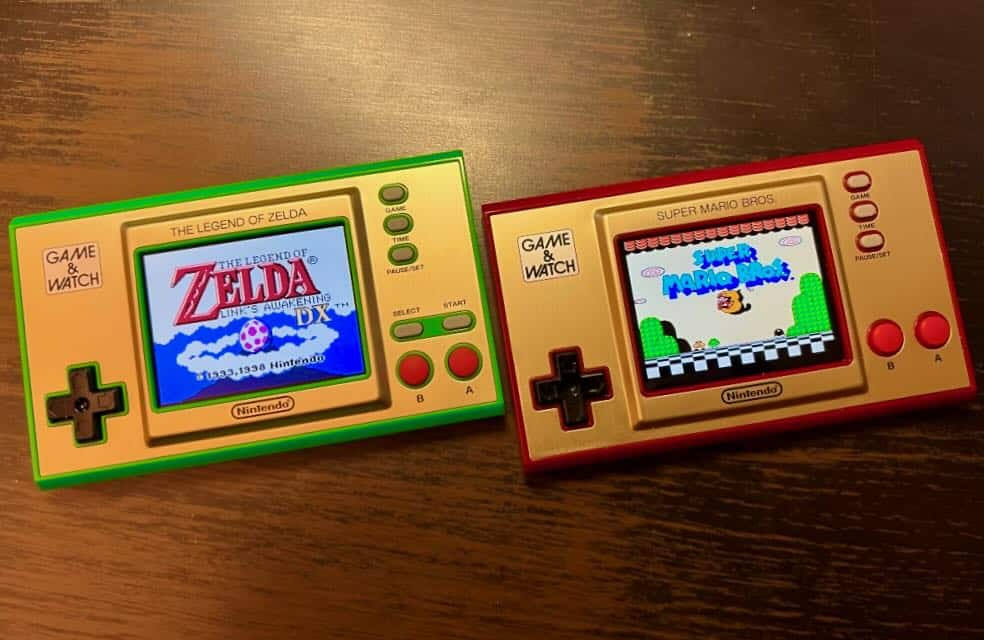
In 2020 and 2021, both Super Mario Bros. and The Legend of Zelda reached the milestone of their 35th anniversaries, respectively. As part of the celebration for each title, a new full-color Game & Watch handheld honoring each series’ 8-bit entries was released, complete with a retro look honoring the history of the Game & Watch handheld. The Mario Game & Watch is gold with red trim and features Super Mario Bros. as well as Super Mario Bros.: The Lost Levels, which is the Japanese Super Mario Bros. 2. Additionally, it has a mario-themed clock and a special edition of Ball featuring Mario himself.
Similarly, The Legend of Zelda‘s 35th anniversary Game & Watch features a selection of games from the series’ past. In addition to the original Legend of Zelda, players can experience Zelda II: The Adventure of Link and The Legend of Zelda: Link’s Awakening DX for Game Boy Color. The handheld itself features a similar design to the Mario edition only with green trim instead of red, and it also has a Zelda-themed clock and Game & Watch classic featuring Link. While players can access all of these games on a multitude of other platforms, these special edition Game & Watch handhelds honor the importance of Yokoi’s contributions to Nintendo’s success and worldwide impact through its greatest games.
The Legacy of the Game & Watch
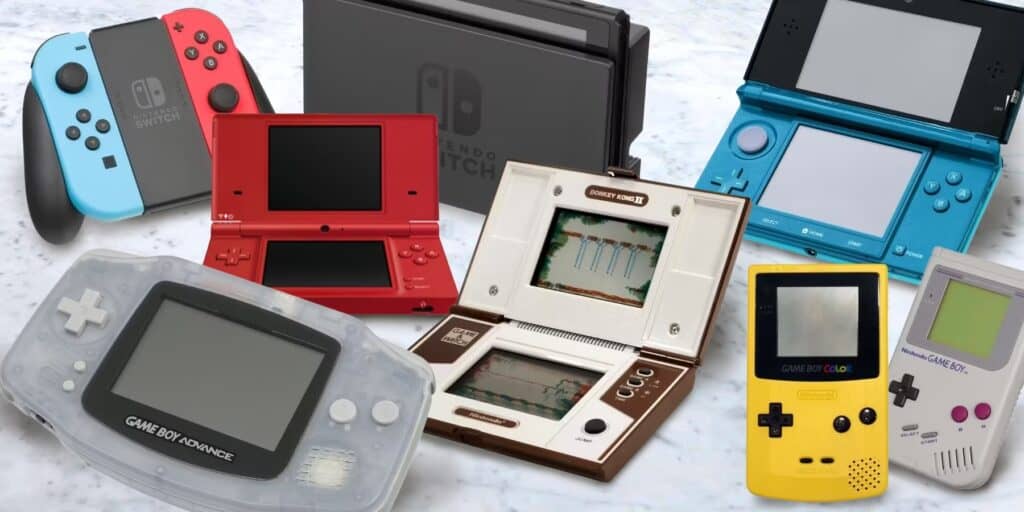
The importance and legacy of the Game & Watch cement Gunpei Yokoi as one of the most important figures in game development as well as one of the most important Nintendo employees. Not only is Yokoi responsible for the Game & Watch and the Game Boy, but his guidance of Shigeru Miyamoto in developing Donkey Kong and eventual championing of his ideas to then-Nintendo President Hiroshi Yamauchi are partly responsible for players ever getting to experience Super Mario Bros. and The Legend of Zelda. Nintendo’s business in the medium of video games is still largely dependent on handhelds, as the company’s two best-selling devices are both handhelds, further cementing the brilliance of Yokoi in recognizing that people like to amuse themselves on the go.
The design of the Game & Watch (particularly the introduction of the d-pad) has influenced not just every subsequent piece of Nintendo hardware but also the gaming world at-large. Additionally, the release of the Game & Watch in 1980 helped lead to a flood of handheld game devices in the 1980s, each with varying levels of success and quality. Nintendo is one of the most important names in gaming and responsible for some of the medium’s best and most-enduring franchises. It’s arguable that none of that success is possible without the production and proliferation of the Game & Watch, helping Nintendo break into the field where it would end up continuing to be an industry leader and change the world.
